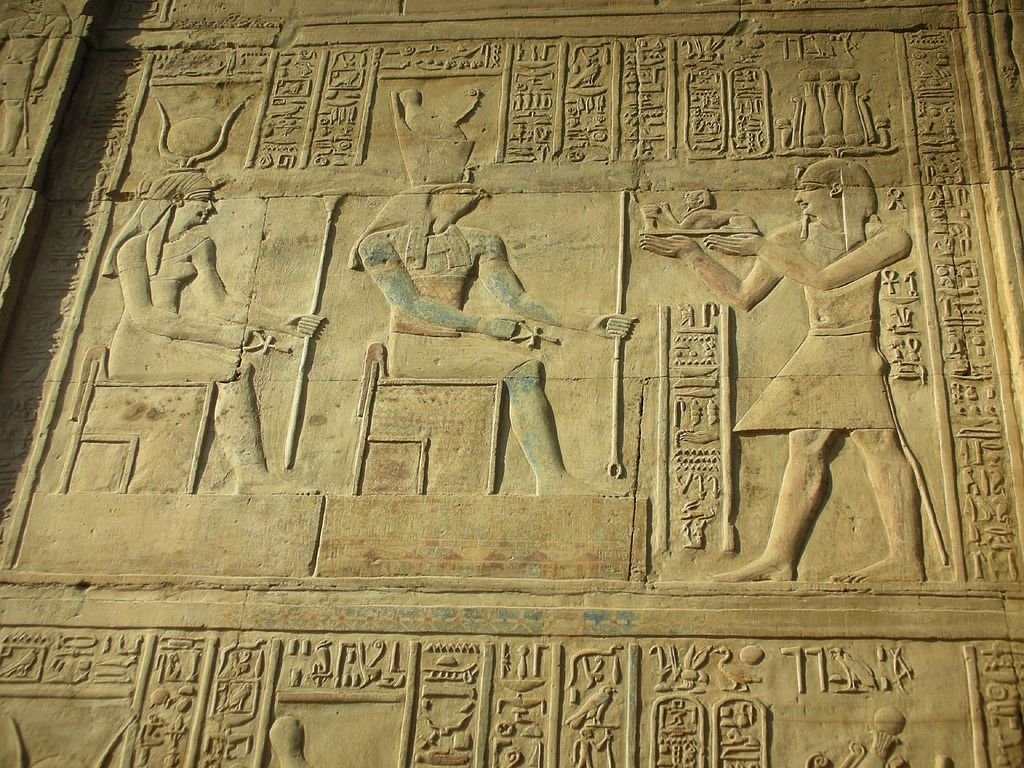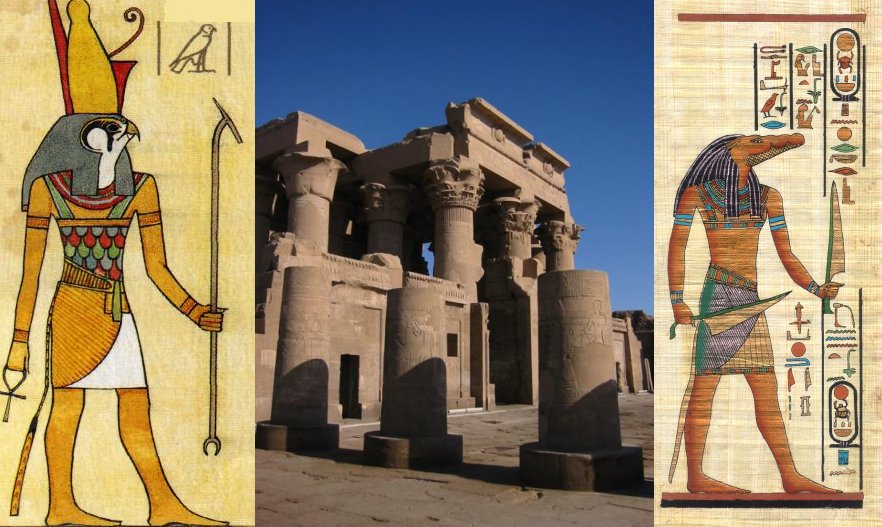Unusual Double Temple Of Kom Ombo Dedicated To Crocodile God Sobek And Falcon-Headed God Horus
Ellen Lloyd - AncientPages.com - There are not many ancient Egyptian temples dedicated to two gods. Temple Of Kom Ombo is unusual because it honors both the ancient Egyptian crocodile god Sobek and the falcon-headed god Horus.
Located in the small town of Kom Ombo situated on the East side of the Nile, 45 kilometers to the North of the city of Aswan, about 800 kilometers to the South of Cairo, the capital of Egypt, the double temple was constructed by Ptolemy VI Philometor (180-145 BC) at the beginning of his reign and added to by other Ptolemys, most notably Ptolemy XIII (51-47 BC), who built the inner and outer hypostyle halls. It was built on the ruins of a much older temple called "Ber Sobek" or the house of the god Sobek.
Temple of Kom Ombo. Image credit: Wikipedia
This older temple was erected during the reign of King Tuthmosis III and then during the ruling period of Queen Hatshepsut.
The word "Kom" in Arabic means the small hill, and the word "Ombo" means gold in the Hieroglyphic ancient Egyptian language. Therefore, the word Kom Ombo, as a whole, means the “hill of the gold.”
The southern half of the temple was dedicated to the crocodile god Sobek, god of fertility and creator of the world, with Hathor, the ancient Egyptian goddess of joy, feminine love, motherhood, and Khonsu, the ancient Egyptian god of the moon. The northern part of the temple was dedicated to the falcon god Horus, whose winged disk that protects from all evils is depicted over all the entrance portals. Horus was one of the most significant gods of ancient Egypt.
Ptolemy VI makes an offering to the gods at Kom Ombo. Image credit: Shannon Hobbs - CC BY-SA 2.0
Much of the temple has been destroyed by the Nile, earthquakes, and later builders who used its stones for other projects. Some of the reliefs inside were defaced by Copts who once used the temple as a church. All the temple buildings in the southern part of the plateau were cleared of debris and restored by Jacques de Morgan, a French mining engineer in 1893.
The complex mainly consists of two parallel temples. They both contain all the traditional ancient Egyptian structures.
The design of the Temple of Kom Ombo starts with a front courtyard, a hypostyle hall following it, three inner halls, and then two sanctuaries; one dedicated to Sobek and the other to Horus. Inside the temples, there are seven main chambers and smaller rooms used for different rituals and several purposes.
Giant stone statues inside the Kom Ombo temple. Credit: Adobe Stock - mindstorm
One of the vestibules leads to the sanctuaries of Sobek and Horus. Unfortunately, not much is left of the sanctuaries dedicated to the two divinities: unlike the rest of the temple in which the right and left-hand parts were fused together, the sanctuaries were clearly separated by an intermediate wall.
An idea of how rich the decoration must have been can still be gathered from a fragment in the sanctuary of Haroeris. The long dedicatory inscription with the name of Cleopatra on the left door is still intact.
Left: Falcon-headed god Horus - Middle: Temple Of Kom Ombo - Right: Crocodile god Sobek
Sobek was an adversary to Osiris and Horus. It is said that Horus took the form of a crocodile to retrieve the parts of Osiris body that Set had discarded in the waters of Egypt.
See also: More Egyptian Mythology
The Book of the Dead suggests that Sobek's closeness to Horus can be traced back to his participation in the birth of this god. Sobek was responsible for calling Isis and Nephthys to aid in the protection of the dead. He was the god of the Dark Water. It was believed, in some sects, that Sobek was the creator of the world.
In the Temple Of Kom Ombo, there are crocodile sarcophagi and mummies. Ancient Egyptians both feared and worshipped the crocodile god, Sobek.
Written by Ellen Lloyd – AncientPages.com
Updated on July 13, 2021
Copyright © AncientPages.com All rights reserved. This material may not be published, broadcast, rewritten or redistributed in whole or part without the express written permission of AncientPages.com
More From Ancient Pages
-
 Incredible Ancient Extinct World Of Unknown Organisms Discovered
Evolution | Jun 8, 2023
Incredible Ancient Extinct World Of Unknown Organisms Discovered
Evolution | Jun 8, 2023 -
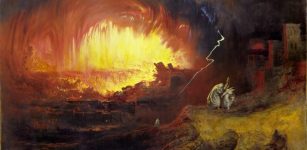 Ruins Of Sodom, Lost Ancient Biblical City Destroyed By God – Uncovered
Archaeology | May 5, 2015
Ruins Of Sodom, Lost Ancient Biblical City Destroyed By God – Uncovered
Archaeology | May 5, 2015 -
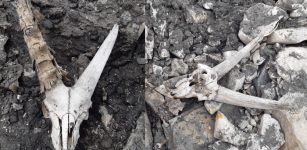 7,000-Year-Old Ibex Remains Found Under The Ice In Italy Are 1,700 Years Older Than Ötzi!
Archaeology | Dec 14, 2022
7,000-Year-Old Ibex Remains Found Under The Ice In Italy Are 1,700 Years Older Than Ötzi!
Archaeology | Dec 14, 2022 -
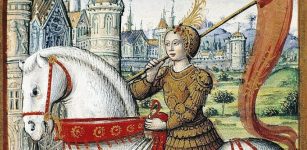 On This Day In History: Joan Of Arc Enters Orleans, The City Besieged By The English – On Apr 29, 1429
News | Apr 29, 2016
On This Day In History: Joan Of Arc Enters Orleans, The City Besieged By The English – On Apr 29, 1429
News | Apr 29, 2016 -
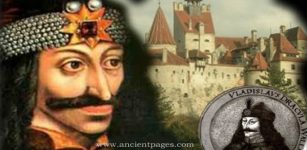 Dracula: Cruel, Ruthless And Bloodthirsty Ruler But Not A Vampire
Featured Stories | Sep 12, 2023
Dracula: Cruel, Ruthless And Bloodthirsty Ruler But Not A Vampire
Featured Stories | Sep 12, 2023 -
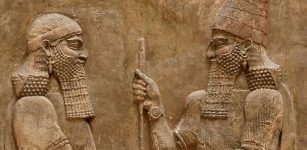 Fragment Of A Royal Memorial Inscription Attributed To Sargon II – Unearthed
Archaeology | May 5, 2021
Fragment Of A Royal Memorial Inscription Attributed To Sargon II – Unearthed
Archaeology | May 5, 2021 -
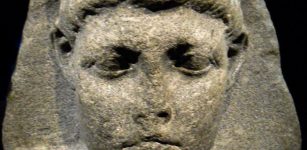 ‘Little Caesar’: Forgotten ‘King Of Kings’ Who Died Very Young
Featured Stories | May 11, 2020
‘Little Caesar’: Forgotten ‘King Of Kings’ Who Died Very Young
Featured Stories | May 11, 2020 -
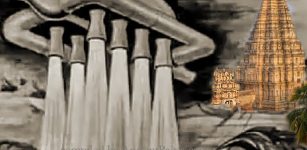 Vimanas Of The Rama Empire: Flying Machines Dominated Ancient Skies In Distant Past
Ancient Technology | Jul 23, 2017
Vimanas Of The Rama Empire: Flying Machines Dominated Ancient Skies In Distant Past
Ancient Technology | Jul 23, 2017 -
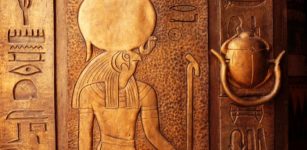 Sun God Ra Was Venerated In Every Age Of Ancient Egypt’s Long Dynastic History
Egyptian Mythology | May 3, 2021
Sun God Ra Was Venerated In Every Age Of Ancient Egypt’s Long Dynastic History
Egyptian Mythology | May 3, 2021 -
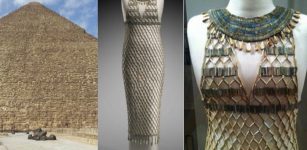 Amazing 4,500-Year-Old Egyptian Bead-Net Dress Found In Giza Tomb Restored
Featured Stories | Jun 27, 2023
Amazing 4,500-Year-Old Egyptian Bead-Net Dress Found In Giza Tomb Restored
Featured Stories | Jun 27, 2023 -
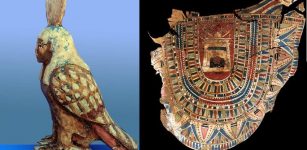 Graeco-Roman Era Rock-Cut Tomb Unearthed In Aswan West Bank, Upper Egypt
Archaeology | Apr 24, 2019
Graeco-Roman Era Rock-Cut Tomb Unearthed In Aswan West Bank, Upper Egypt
Archaeology | Apr 24, 2019 -
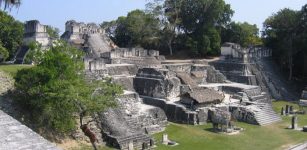 Ancient Maya Built Sophisticated Water Filters To Obtain Drinking Water
Archaeology | Oct 23, 2020
Ancient Maya Built Sophisticated Water Filters To Obtain Drinking Water
Archaeology | Oct 23, 2020 -
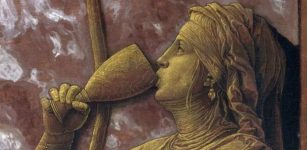 What Happened To Drunken Women In Ancient Rome?
Featured Stories | Aug 30, 2023
What Happened To Drunken Women In Ancient Rome?
Featured Stories | Aug 30, 2023 -
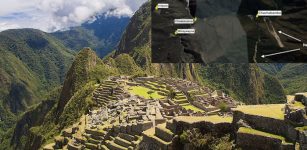 Hidden Inca Water System Beneath The Machu Picchu Jungle Discovered By LIDAR
Archaeology | Mar 11, 2022
Hidden Inca Water System Beneath The Machu Picchu Jungle Discovered By LIDAR
Archaeology | Mar 11, 2022 -
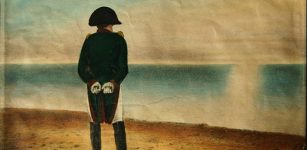 On This Day In History: Napoleon Exiled To Elba – On Apr 11, 1814
News | Apr 11, 2016
On This Day In History: Napoleon Exiled To Elba – On Apr 11, 1814
News | Apr 11, 2016 -
 ‘Impossible’ Ancient Egyptian Visit Troubles Historians
Featured Stories | Feb 11, 2021
‘Impossible’ Ancient Egyptian Visit Troubles Historians
Featured Stories | Feb 11, 2021 -
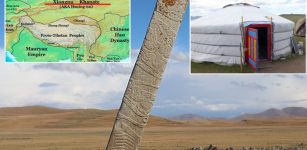 Ancient DNA Reconstructs Rise Of Largest Empires In History Of Inner Asia
Archaeology | Nov 6, 2020
Ancient DNA Reconstructs Rise Of Largest Empires In History Of Inner Asia
Archaeology | Nov 6, 2020 -
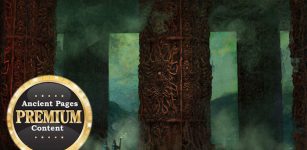 Mysterious Unknown Strange-Looking Ancient Seafarers – Survivors Of A Now Vanished Race?
Civilizations | Oct 11, 2022
Mysterious Unknown Strange-Looking Ancient Seafarers – Survivors Of A Now Vanished Race?
Civilizations | Oct 11, 2022 -
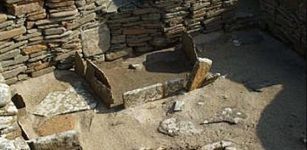 First Bathrooms Appeared Around 8,000 B.C In Scotland
Ancient History Facts | Dec 11, 2016
First Bathrooms Appeared Around 8,000 B.C In Scotland
Ancient History Facts | Dec 11, 2016 -
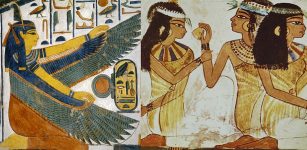 Ancient Egyptian Women Had Equal Rights As Men – Egyptian Cosmology And Goddess Maat Reveal Why
Ancient History Facts | Dec 18, 2017
Ancient Egyptian Women Had Equal Rights As Men – Egyptian Cosmology And Goddess Maat Reveal Why
Ancient History Facts | Dec 18, 2017


